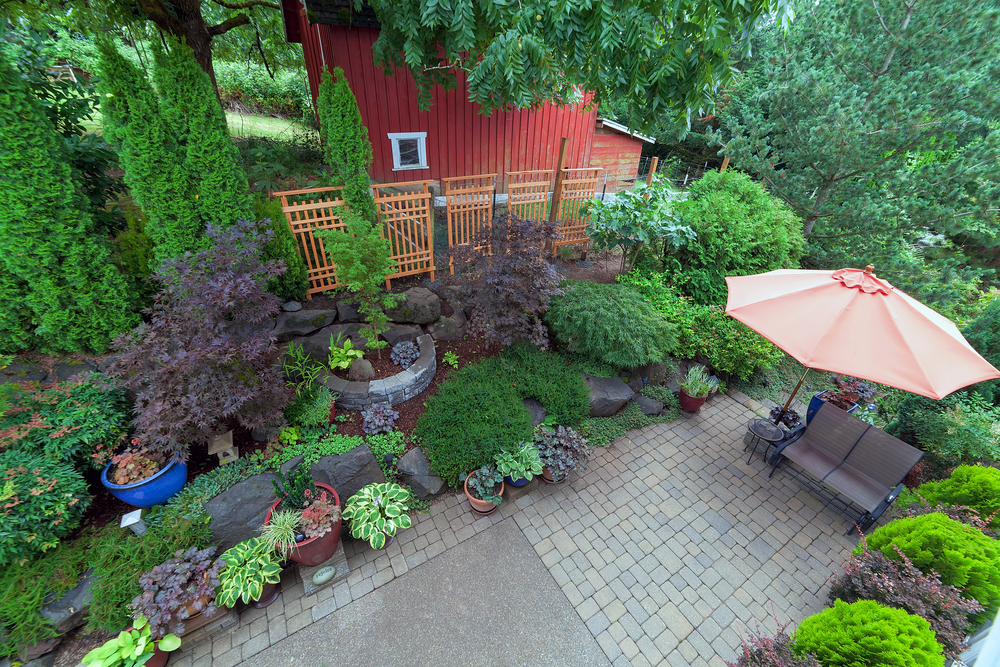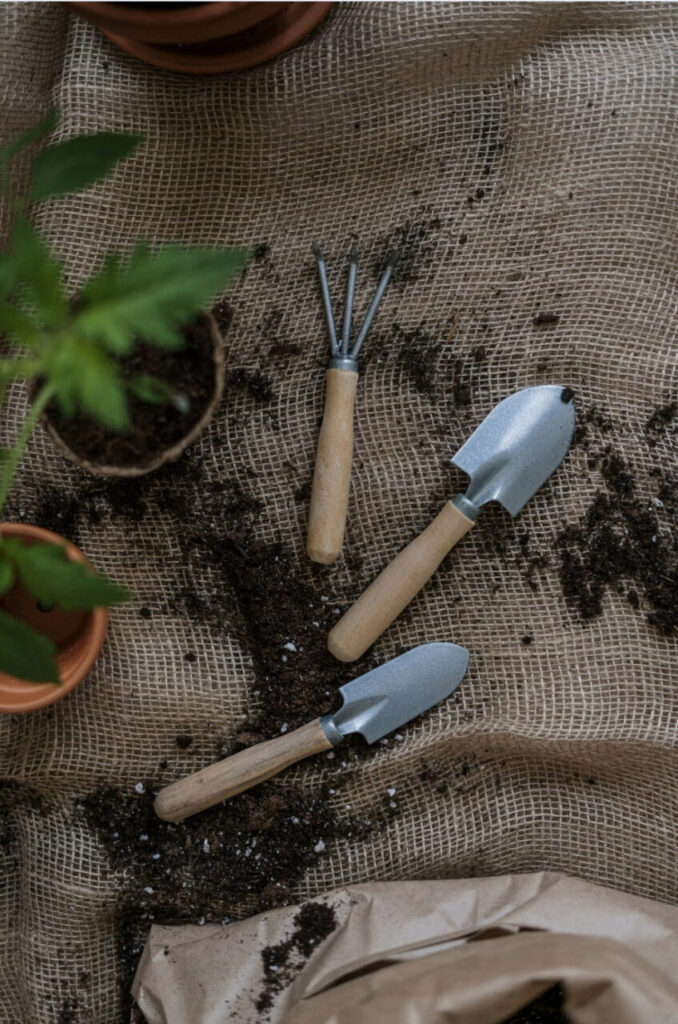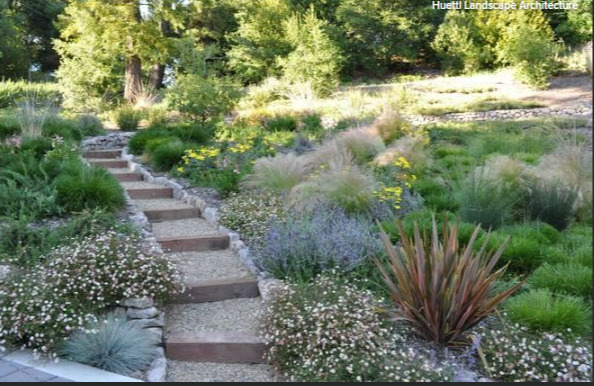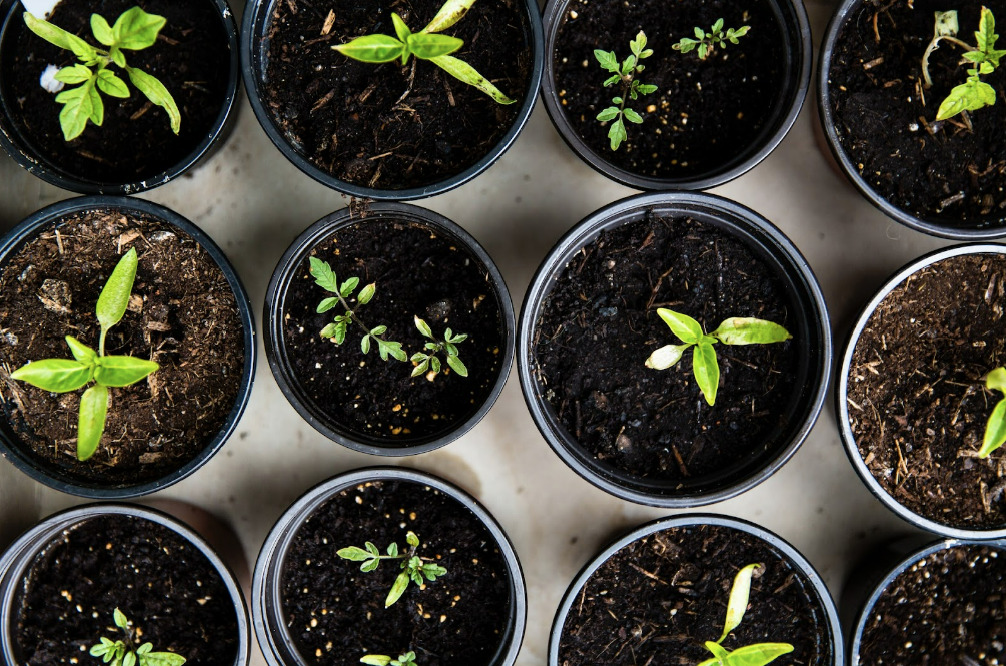Few things can compare with the delicious taste of food you grow yourself, and once the initial cost of setting up your garden – and food preservation materials is behind you, the biggest “expense” you’ll have every year is your labor.
This is especially true if you practice sustainable gardening techniques.
What is green gardening?
Simply put, it’s a means of growing plants that seeks to bring as little harm to the soil, the plants and the ecosystem that surrounds them.
Imagine the enchanting sight of a sunflower gently nodding in the breeze. That one radiant bloom becomes shelter for a ladybug, also food for a hungry sparrow and delicious nectar for a busy bee.
And the more pollinators that are drawn to your garden, the better.
Benefits of Green Gardening
There are many benefits of organic gardening; from the superior taste and nutritional value of homegrown produce to the positive environmental impact of avoiding synthetic chemicals it’s worth taking the time to grow your own food.
And of course, as the prices of food continue to rise you’ll also end up keeping more of your hard-earned cash too!
1. Plan your organic vegetable garden
You’ll need to begin by choosing the ideal location for your garden. Your plants will need sunlight; they’ll need at least 6 to 8 hours of direct sunlight every day to ensure the best yields possible.
Also, the location needs to have well-draining soil to prevent waterlogged roots and promote healthy plant development.
Consider placing your garden close to a water source. This will make it easy to add irrigation and/or water your plants when rain isn’t in the forecast and they’re parched!
Additionally, consider factors like proximity to trees or structures that may cast shadows or compete for nutrients. Picking the right spot for you garden is crucial if you want to enjoy tasty vegetables and fruits every season.
Other things to consider; how much space you’ll need. Determine the right garden size based on the space you have available and your family’s needs.
Obviously, you’ll need more space if you’re trying to replace your reliance on store bought fruits and vegetables entirely because you’ll need enough to be able to preserve your harvest.
There are a lot of garden calculators online that can help you when planning a garden for your family.
2. Rotate your plants
Crop rotation is beneficial for small family vegetable gardens as it helps maintain soil health and prevent pests and diseases. It’s not as complicated as it might sound, here’s a simple way to do it.
Split up your garden into sections (or beds) then group your vegetables into families such as:
Nightshades
- ⬥tomatoes
- ⬥peppers
- ⬥eggplants
The cabbage family
The legume family
The root vegetable family
- ⬥carrots
- ⬥onions
- ⬥potatoes
Create a plan for how you’ll rotate them. For example, in the first year, let’s say you plant nightshade plants into section 1 and root vegetables in section 2.
The next year, you can switch it up and plant the nightshades in section 2 and the root vegetables in section 1, etc.
3. Consider cover crops
During the off-season or when a section is not in use, consider planting cover crops like clover or winter rye. Cover crops help improve soil fertility, prevent erosion, and add organic matter. They also disrupt the lifecycle of pests and diseases.
4. Keep records
Maintain a garden journal to record which crops were grown in each section each year. This helps you keep track of your rotation plan and makes it easier to follow in subsequent seasons.
5. Monitor and make changes
Observe your garden each season and take note of any pest or disease issues. If you notice recurring problems with specific plant families, adjust your rotation plan accordingly. For example, you can introduce a longer break period between crops of the same family or incorporate disease-resistant varieties.
By implementing crop rotation in your small family vegetable garden, you can promote soil health, reduce pest and disease pressure, and maximize the productivity of your garden.
Finally, although it takes time and preparation, growing – and preserving – your own food is the ultimate two-for-one; you save money while also enjoying tasty, nutritious food.
What are you planting this year?
8 Deck Gardening Ideas and Tips for Beginners
Unique Gardening Problems and How to Solve Them
Herb Gardening for a Healthy You






